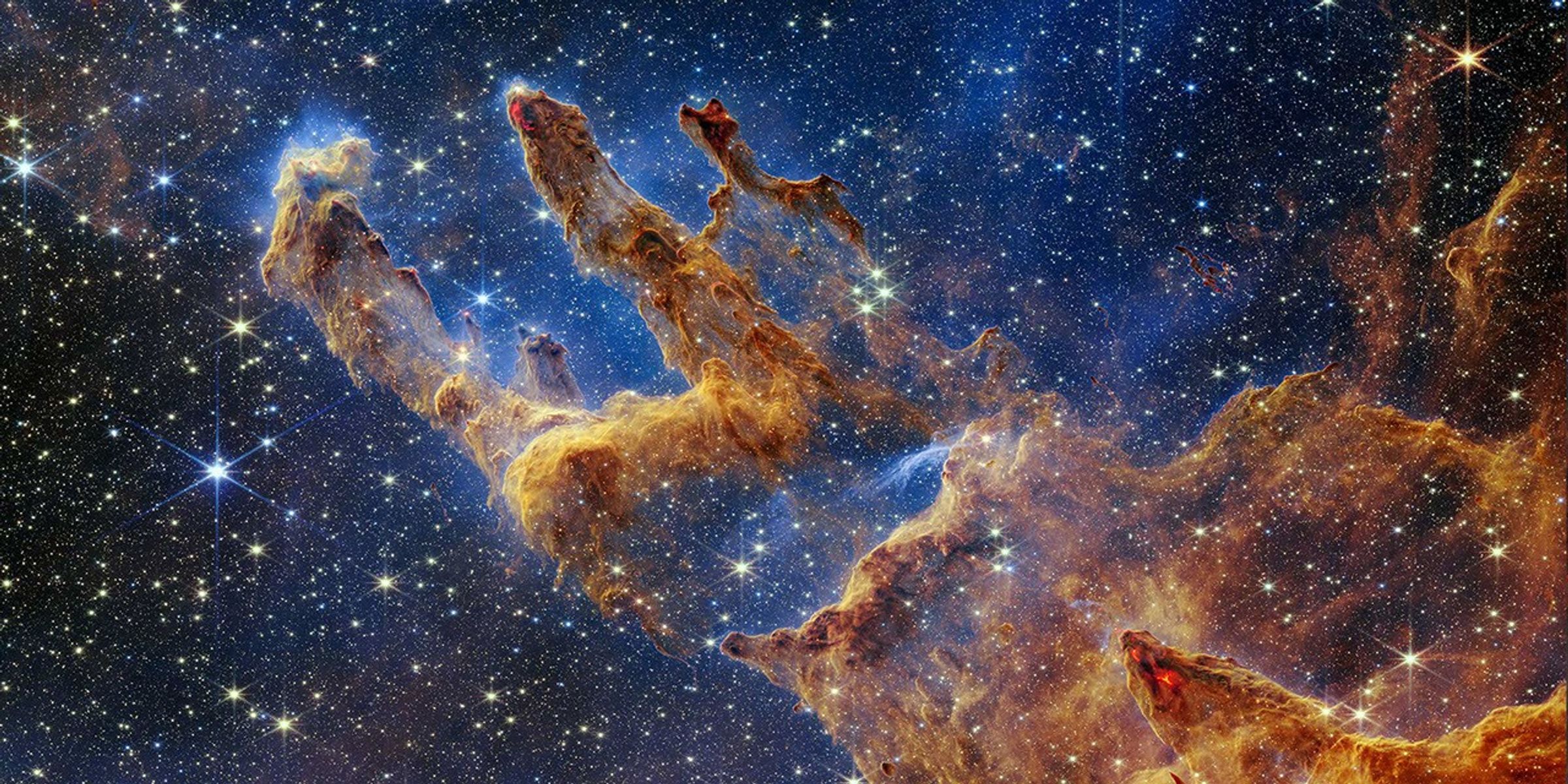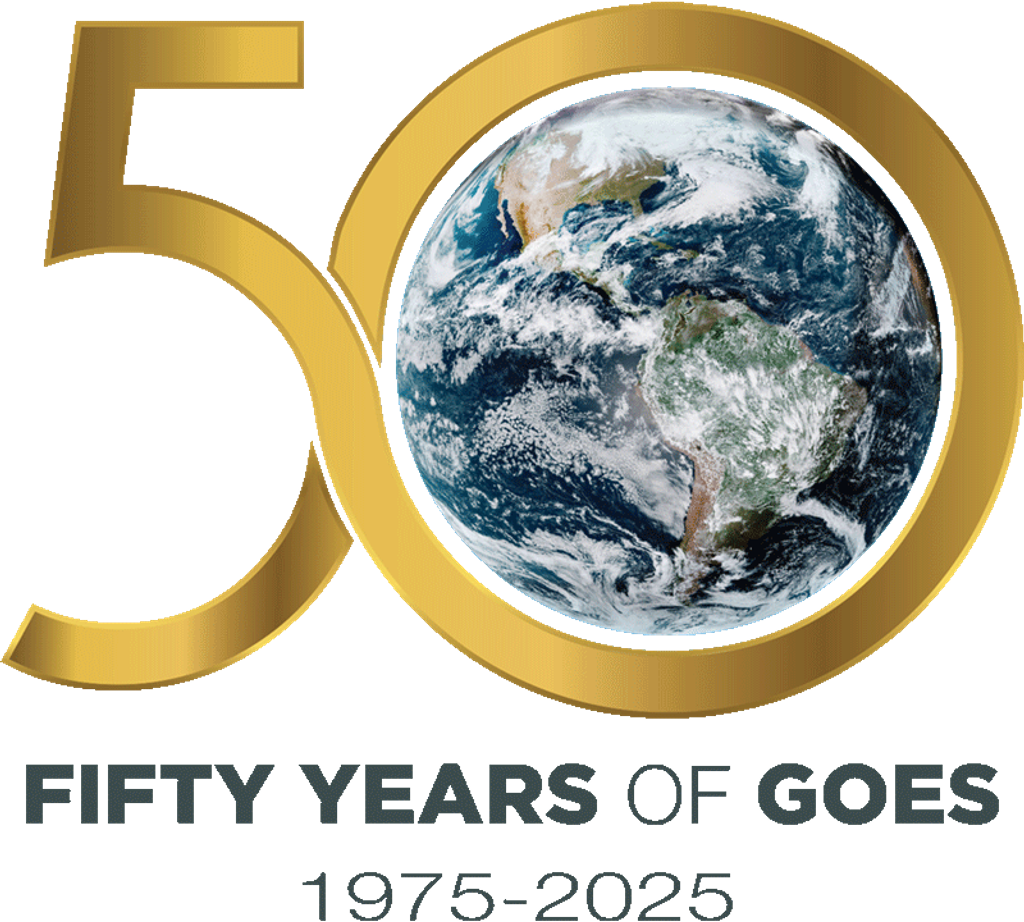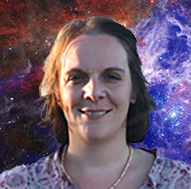Physics of the Cosmos
About
Our quest to understand how the universe works starts with the study of the very basic building blocks of our existence - matter, energy, space, and time - and how they behave under the extreme physical conditions that characterize the infant and evolving Universe. The Physics of the Cosmos (PhysCOS) program incorporates cosmology, high-energy astrophysics, and fundamental physics projects aimed at addressing directly central questions about the nature of complex astrophysical phenomena such as black holes, neutron stars, dark energy, and gravitational waves. By utilizing a fleet of space-based missions operating across the whole electromagnetic spectrum, PhysCOS ultimate, overarching goal is to learn about the origin and ultimate destiny of the cosmos.
How does the universe work?
Exploring fundamental questions regarding the physical forces of the universe
The Physics of the Cosmos (PhysCOS) Program is one of three focused programs contained within NASA's Astrophysics Division (APD), together with Cosmic Origins (COR) and the Exoplanet Exploration Program (ExEP). PhysCOS lies at the intersection of physics and astronomy. Its purpose is to explore some of the most fundamental questions regarding the physical forces and laws of the universe: the validity of Einstein's General Theory of Relativity and the nature of spacetime, the behavior of matter and energy in extreme environments, the cosmological parameters governing inflation and the evolution of the universe, and the nature of dark matter and dark energy.
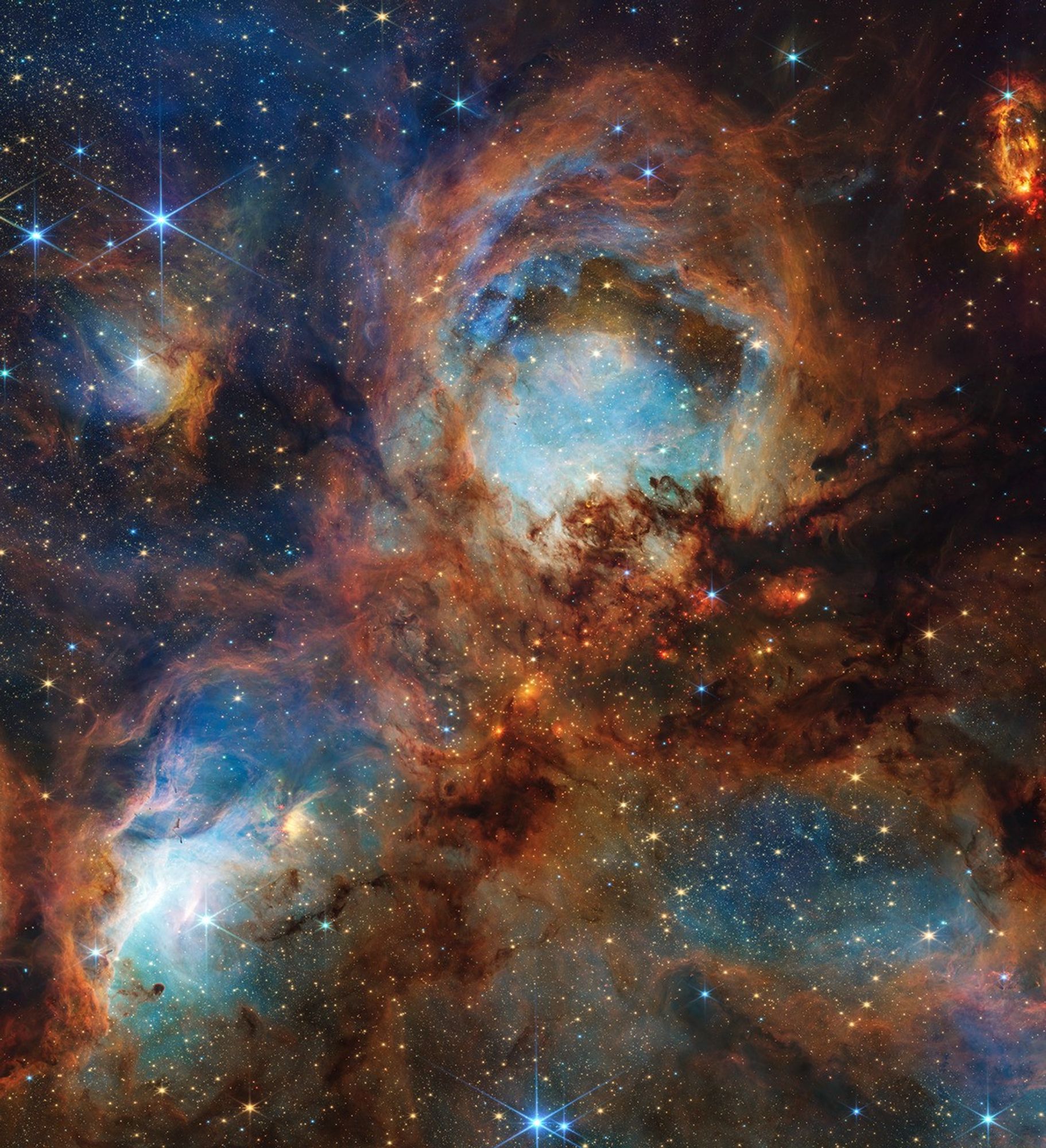
Located at the Goddard Space Flight Center, the PhysCOS Program Office supports, tracks, and studies a suite of science missions and enabling technologies that focus on specific aspects of these topics.
- Facilitating the PhysCOS Program Analysis Group (PhysPAG), which comprises standing Science Interest Groups (SIGs) engaged in particular branches of high-energy astrophysics, and shorter-term Science Analysis Groups (SAGs) convened to address related science and technology topics.
- Keeping its members informed of upcoming developments and funding opportunities, both within NASA and at other agencies engaged in science and technology activities.
- Soliciting, and prioritizing community-identified technology gaps that must be closed to enable or enhance future strategic Astrophysics missions with benefits to PhysCOS science. This technology gap prioritization informs APD’s strategic technology development solicitation, selection, and funding.
- Managing funded technology projects with benefits to PhysCOS science.
Physics of the Cosmos spans the fields of high-energy astrophysics, cosmology, and fundamental physics, and includes a wide range of science goals.
Focus Areas
-
Dark Energy
The discovery that the expansion of space is accelerating presents one of the most important scientific problems of our time. The implication that the universe is dominated by an unknown entity, now called "dark energy," that counters the attractive force of gravity, may revolutionize our understanding of cosmology and fundamental physics.
This visualization is a flight through the 'cosmic web', the large scale structure of the universe.NASA -
Big Bang and the Evolution of the Universe
The cosmic microwave background (CMB) originated just 380,000 years after the Big Bang, when the Universe was dense, hot, and opaque. As the Universe cooled, the light was decoupled and escape from the matter. We observe that same light today, stretched by the expansion of the universe to a cold 2.7K glow. Observations of the CMB have driven our understanding of the early Universe, and are one of the few probes of the inflationary epoch.
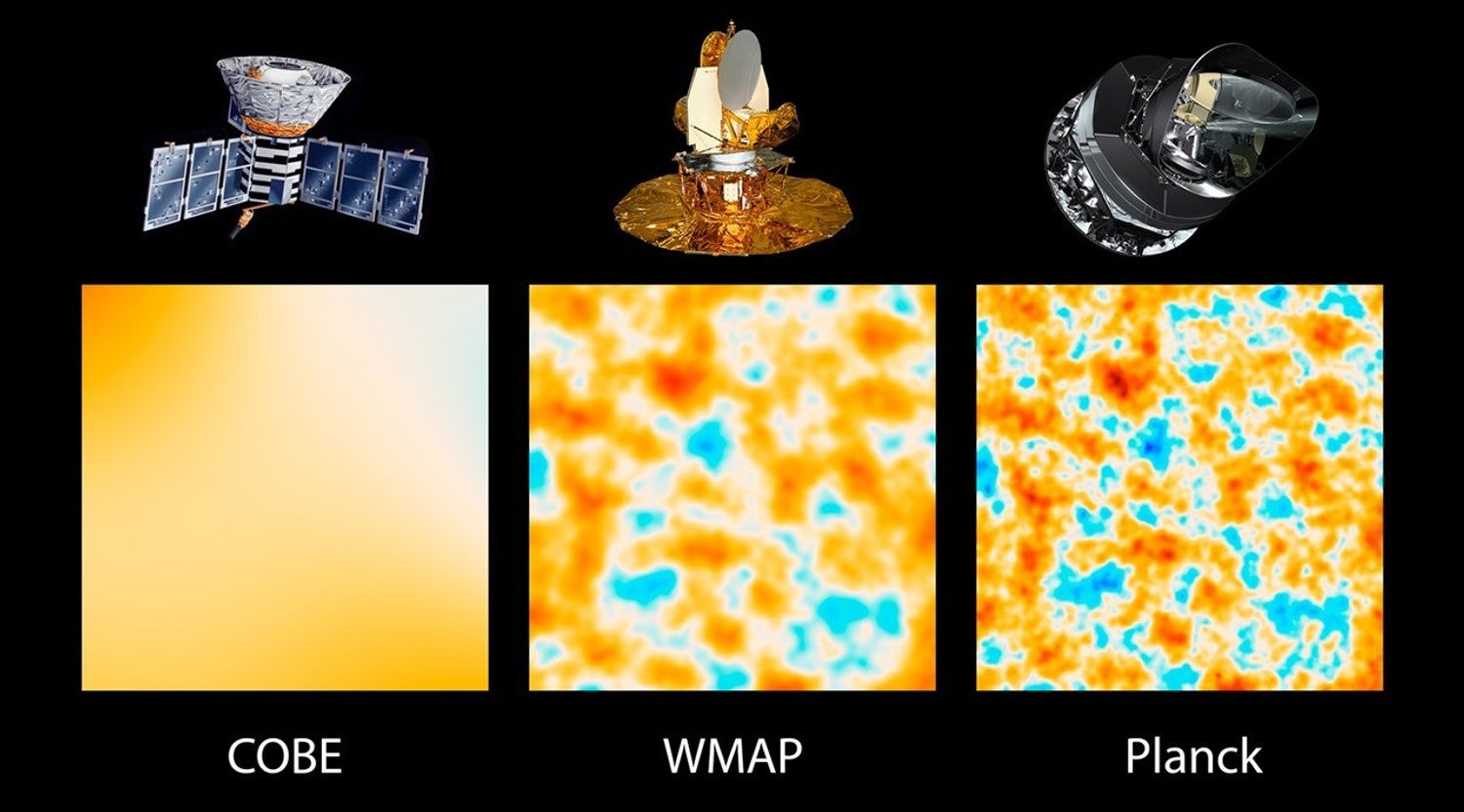 The three panels above illustrate how the increased spatial resolution achieved with each new generation of instruments has added to our knowledge of the CMB. Each panel shows the same 10 square degree patch of sky, but depicts how the same CMB anisotropies would appear at the resolution of COBE/DMR (1989-1993), WMAP (2001-2010) and Planck (2009-2013) satellite missions.NASA, ESA, JPL-Caltech
The three panels above illustrate how the increased spatial resolution achieved with each new generation of instruments has added to our knowledge of the CMB. Each panel shows the same 10 square degree patch of sky, but depicts how the same CMB anisotropies would appear at the resolution of COBE/DMR (1989-1993), WMAP (2001-2010) and Planck (2009-2013) satellite missions.NASA, ESA, JPL-Caltech -
General Relativity and the Nature of Spacetime
Einstein's General Theory of Relativity is one of the most cherished fundamental theories of physics. But this description of gravity is widely expected to be incomplete because of its lack of a quantum foundation. The electromagnetic, weak, and strong forces, by contrast, are well defined by quantum mechanics. Most tests of General Relativity have been done in low gravitational fields, e.g., within the Solar System. However, the best tests would be in the most extreme conditions, near the event horizons of black holes, and where black holes are interacting at close range, particularly where velocities are an appreciable fraction of the speed of light.
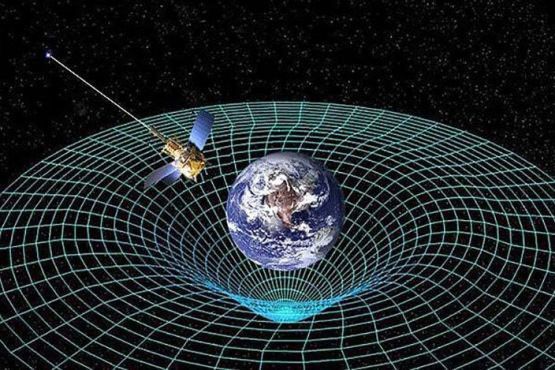 Artist concept of Gravity Probe B orbiting the Earth to measure space-time, a four-dimensional description of the universe including height, width, length, and time.NASA
Artist concept of Gravity Probe B orbiting the Earth to measure space-time, a four-dimensional description of the universe including height, width, length, and time.NASA -
Massive Black Holes and the Evolution of Galaxies
The massive black holes (~109 solar masses) ubiquitous in the Universe today are thought to stem from seed black holes formed early in the Reionization era. The origin of these seeds is uncertain. They may have formed from either large stellar mass black holes (~100 solar masses) left over from the first stars or intermediate mass black holes (~104–5 solar masses) formed directly by the collapse of supermassive gas clouds. Whether supermassive black holes grow through mergers or accretion, their host galaxies appear to have co-evolved with them.
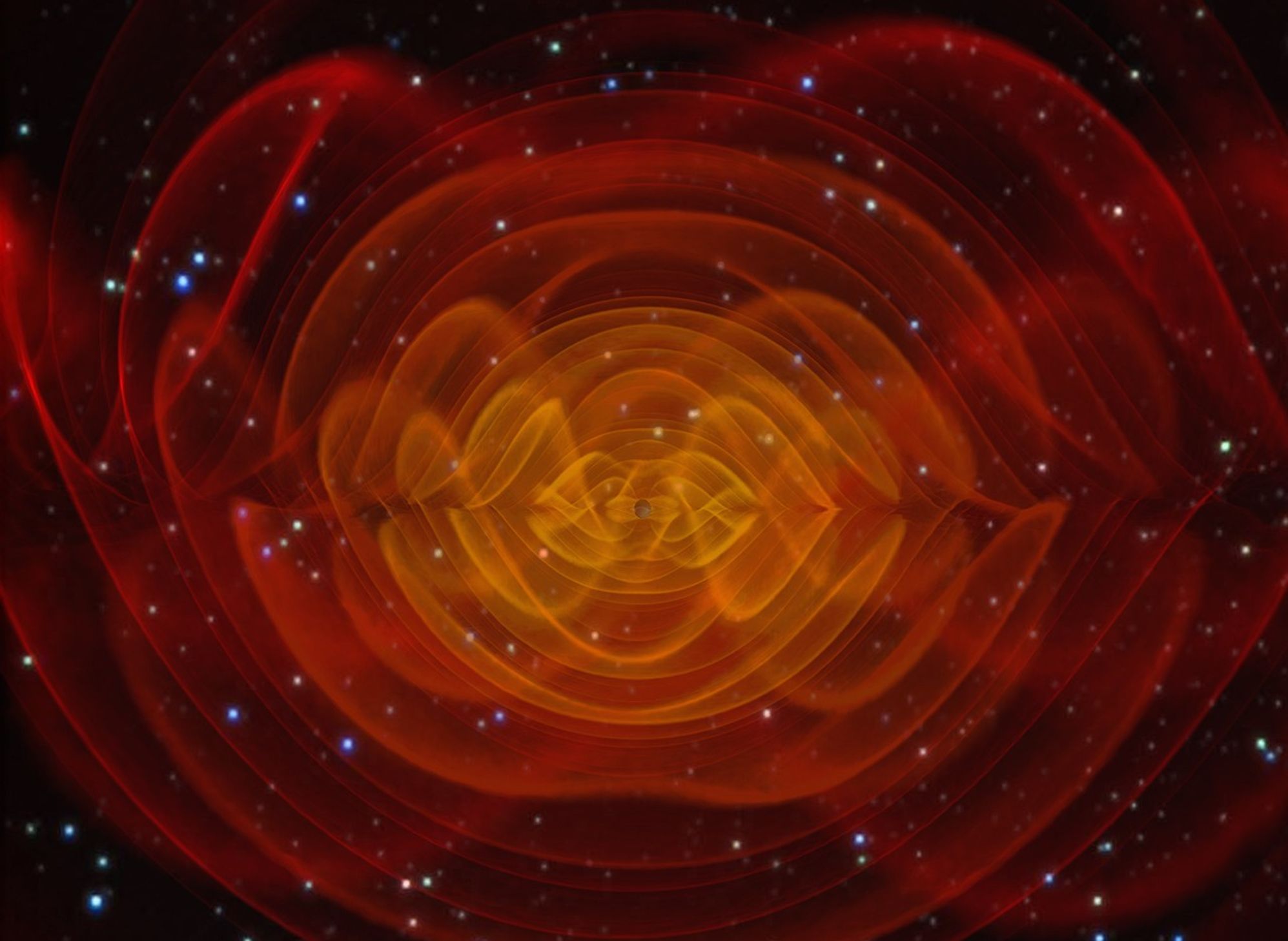 NASA scientists used supercomputers to solve Einstein’s equations for a merging black hole binary to predict the precise gravitational wave output.NASA
NASA scientists used supercomputers to solve Einstein’s equations for a merging black hole binary to predict the precise gravitational wave output.NASA -
Matter and Energy in the Most Extreme Environments
Cosmic rays, high-energy charged particles traveling at velocities that can approach the speed of light, are a rich potential probe of chemical and nuclear in the Universe. The majority of cosmic rays are atomic nuclei from hydrogen to the heaviest elements with energies spanning more than twelve orders of magnitude.
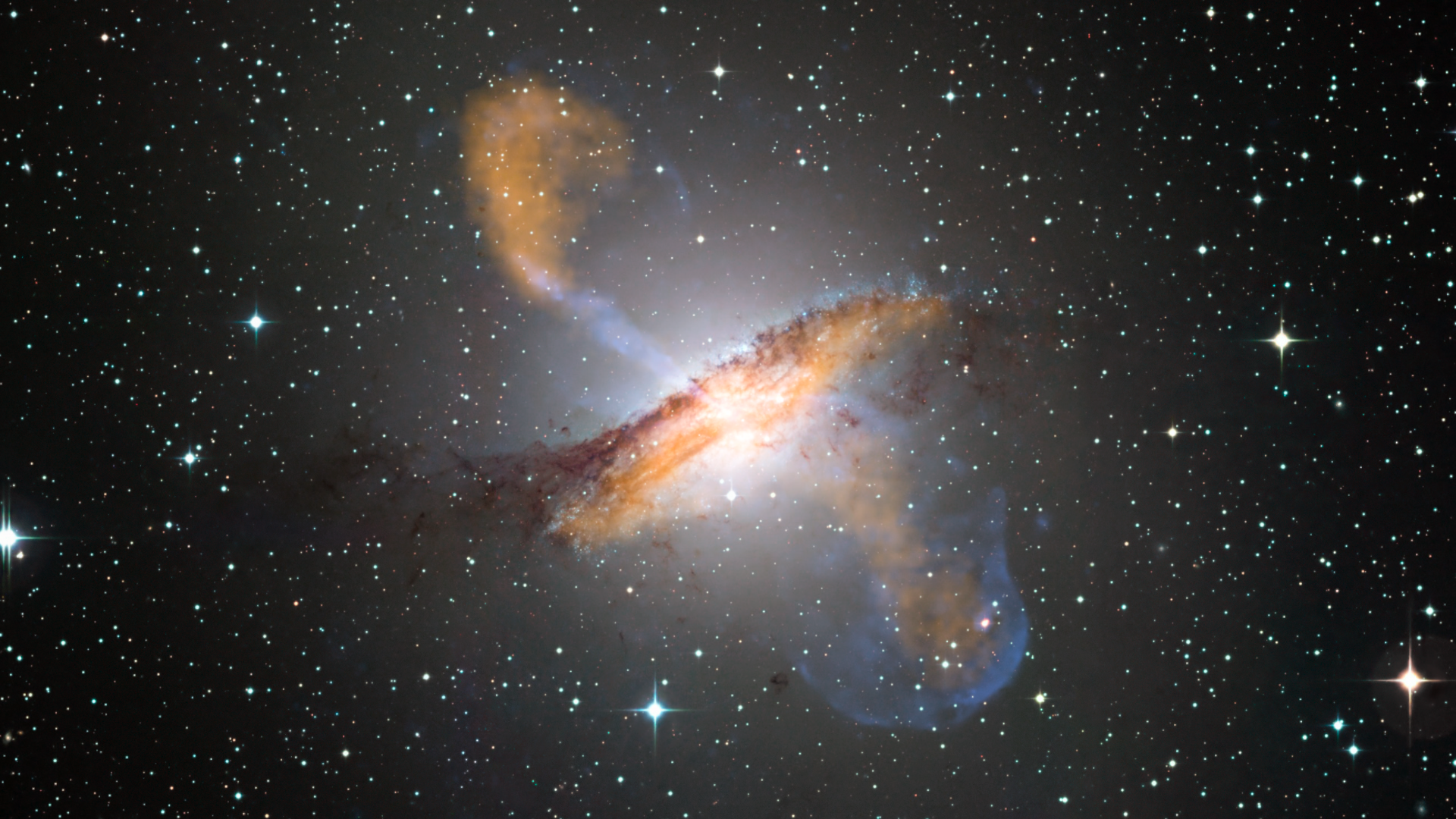
Program Office
| Headquarters |
|---|
| HQ Program Executive: TBA |
| HQ Program Scientist: Sanaz Vahidinia |
| HQ Deputy Program Scientist: Thomas Hams |
Project Office
The Astrophysics Projects Division (ApPD) at Goddard Space Flight Center explores some of the most fundamental questions regarding the origins, fate, and the physical forces and laws of the universe. ApPD's objective is to ensure the success of pre-formulation activities for current and future astrophysics missions such as the Habitable Worlds Observatory Technology Maturation Project Office, the Advanced Telescope for High-Energy Astrophysics (ATHENA), the Ultraviolet Transient Astronomy Satellite (ULTRASAT), and the Fornax Initiative. ApPD also oversees all space science missions in operations, including flagships such as the Hubble Space Telescope, the James Webb Space Telescope, and all missions currently being operated by the Space Science Mission Operations project.
Technology
The Program Offices serve the critical function of developing concepts and technologies for strategic missions and facilitating science investigations derived from them, specifically:
- Inform the general public about progress achieved by the Programs (see searchable database of Astrophysics technology development projects).
- Assess and prioritize technology gaps, collecting inputs from the community and technology activities.
- Manage projects that mature technologies for strategic missions from initial TRLs of 3, 4, or 5.
- Promote infusion of technologies into missions and projects.
- Conduct mission studies and develop mission concepts to enable future scientific discoveries.
- Communicate progress to and coordinate with the scientific community.
Astrophysics Technology Development
Search the Technology Development Database
This database is updated annually and indexes technology development projects funded by the NASA Astrophysics Division.
The portfolio includes information about the Strategic Astrophysics Technology (SAT), Astrophysics Research and Analysis (APRA), and Nancy Grace Roman Technology Fellowship (RTF) projects, along with other competed and direct-funded technology projects.
Search about Search the Technology Development Database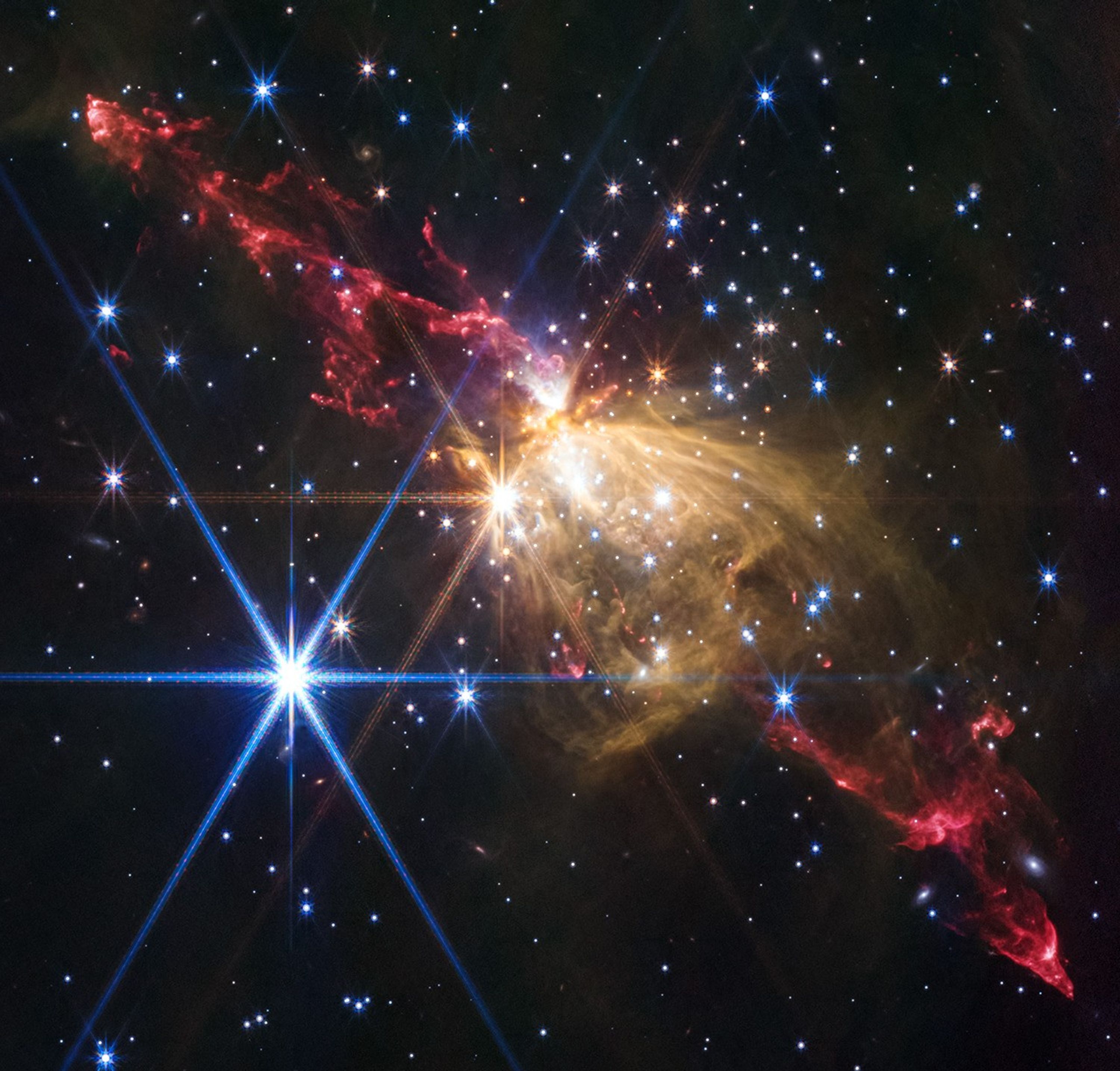
The Fornax Initiative
NASA Astrophysics is developing the Fornax Initiative, a cloud-based system that brings together data, software, and computing so that researchers can focus on science.
Learn More about The Fornax Initiative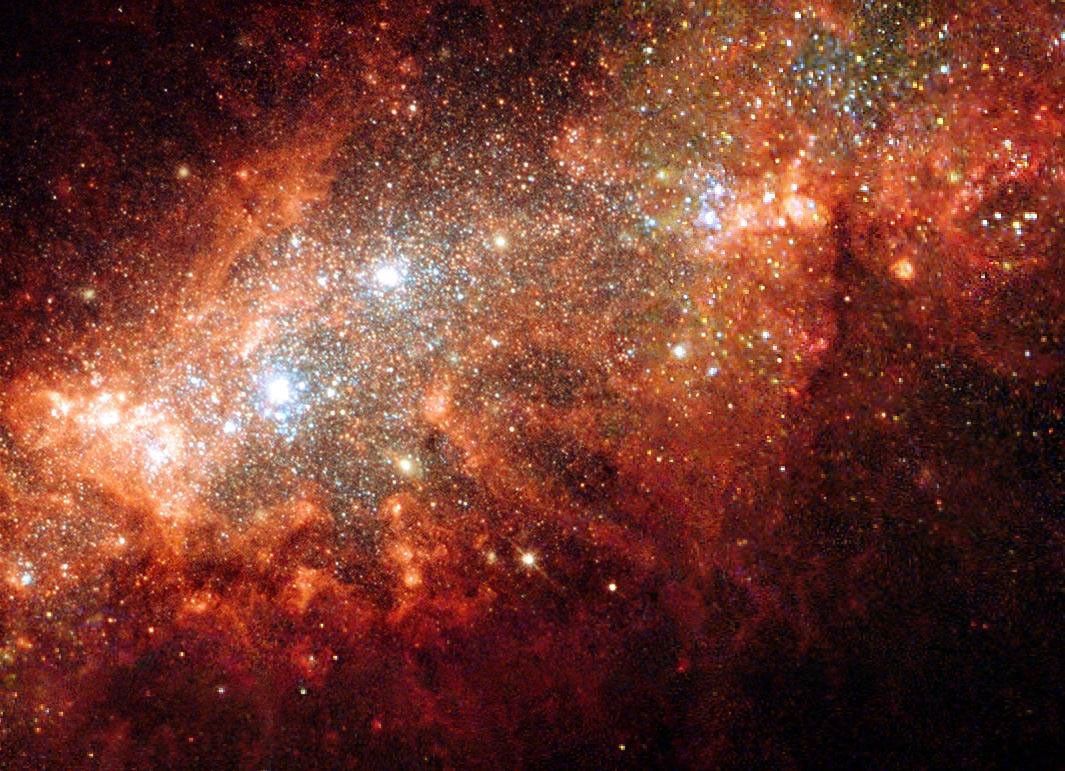
ACROSS
The purpose of the ACROSS pilot is to demonstrate the value proposition, and validate the design of a new organizational construct.
This new organizational construct is chartered to (1) improve access to NASA’s astronomical observatories for members of the general observing community, (2) improve coordination and agility of cross-observatory workflows, and (3) maximize the scientific return of NASA’s contributions to the diverse, global, and evolving TDAMM ecosystem.
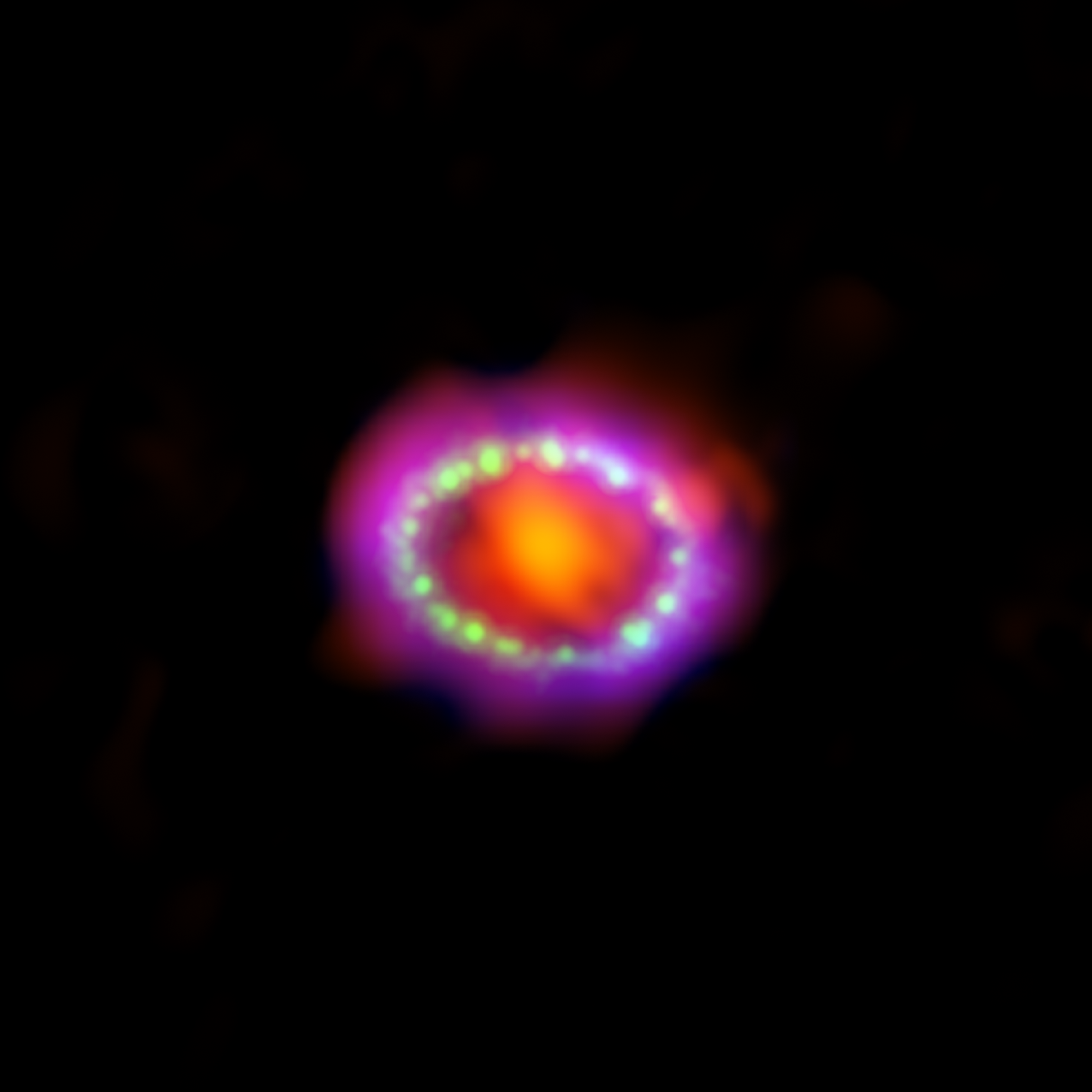
News Straight to Your Inbox
Subscribe to your community email news list
We will never share your email address.
